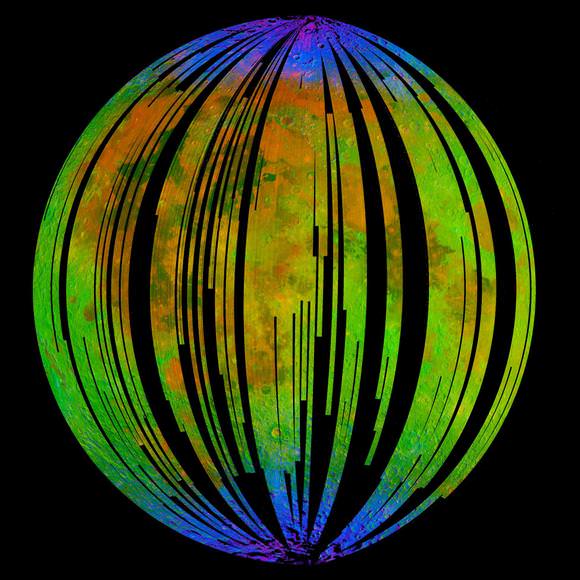[/caption]
The recent discovery of water on the Moon may have a serious impact on future plans for lunar based astronomy. Space scientists from the Chinese Academy of Sciences have calculated that the scattering caused by molecules vaporized in sunlight could heavily distort observations from telescopes mounted on the Moon.
"Last year, scientists discovered a fine dew of water covering the Moon. This water vaporizes in sunlight and is then broken down by ultraviolet radiation, forming hydrogen and hydroxyl molecules. We recalculated the amount of hydroxyl molecules that would be present in the lunar atmosphere and found that it could be two or three orders higher than previously thought," said Zhao Hua, who presented his team's results at the European Planetary Science Congress in Rome. The research has particular implications for the Chinese Lunar lander, Chang'E-3, which is planned to be launched in 2013. An ultraviolet astronomical telescope will be installed on the Chang'E-3 lander, which will operate on the sunlit surface of the Moon, powered by solar panels.
"At certain ultraviolet wavelengths, hydroxyl molecules cause a particular kind of scattering where photons are absorbed and rapidly re-emitted. Our calculations suggest that this scattering will contaminate observations by sunlit telescopes," said Zhao.
The Moon's potential as a site for building astronomical observatories has been discussed since the era of the Space Race. Lunar-based telescopes could have several advantages over astronomical telescopes on Earth, including a cloudless sky and low seisimic activity.
The far-side of the Moon could be an ideal site for radio astronomy, being permanently shielded from interference from the Earth. Radio observations would not be affected by the higher hydroxyl levels.
Source:
European Planetary Science Conference
 Universe Today
Universe Today
